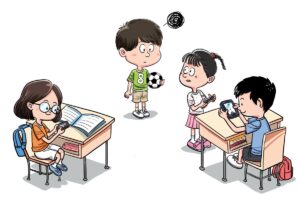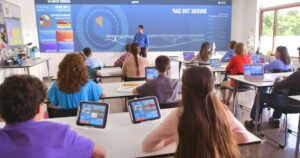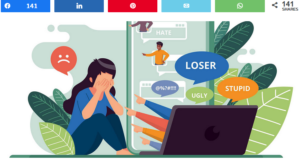The last debate topic zoomed on whether ” AI technologies will revolutionize education for the better”.
AI refers to artificial intelligence which includes numerous formats in the realm of education. Some examples of AI in education can be Chat GPT and DALLE-2 which were discussed in the previous posts.
Lots of toddlers nowadays learn the alphabets of their language or even how to read or write some words before their school age or attending any academic classes just due to the availability of AI applications or games. My daughter learned all English alphabet before she was 4. Is it
because of her more talents than us (who learnt the alphabet at 7 years old at school) or the presence of tech in learning?
Refering to this article helpful applications of AI are as follows:
- Intelligent Tutoring System (ITS): AI acts as a tutor and is equipped with plans to assess the learner’s strengths and weaknesses and present appropriate materials considering the student’s abilities.
- Virtual Facilitators: They are AI programs designed to make learning procedures easier and more fun like 3D gaming and computer animation.
- Personalized Learning: With the help of AI, both tutors and learners can be aware of the process of each student’s progress and more tailored feedback and learning experience can be provided for the students.
- Speech Recognition: The application shifts whatever is said in the classroom into written words which are useful for the recognition skills of international students, spelling, and disabled students.
- Adaptive learning technology – Virtual Assistant: This assistant provides open-format answers using conversational technology and boosts critical thinking as well as one-on-one teaching and feedback
- Availability: At any time in the class, each student is capable of participating in asking or answering questions using chat functions
- Online Resources Applying: AI makes it possible for class participants, especially tutors, to use online resources and not be restricted to printed ones. Any questions aroused in class can be resolved by online resources.
- Not Lecturing: Rather than individual lecturing in class, teachers may apply collaborative methods to ask students to gain information.
- Clear Assignments: Just like in-person classes, assignments can be made clear through AI and it assists tutors to figure out which tasks and assignments were well received by students for further modifications
- Ongoing feedbacks: Continuous feedback can be provided to relieve students’ stress and the physical distance does not matter for communications.
However, the opposing team worried about the cost of AI application in education, the privacy of learners and their lack of digital literacy and finally the unavailability of AI for all people. they saw the future world as the cartoon WALLE.Yet, they agreed with the most benefits that AI brings to our education.












